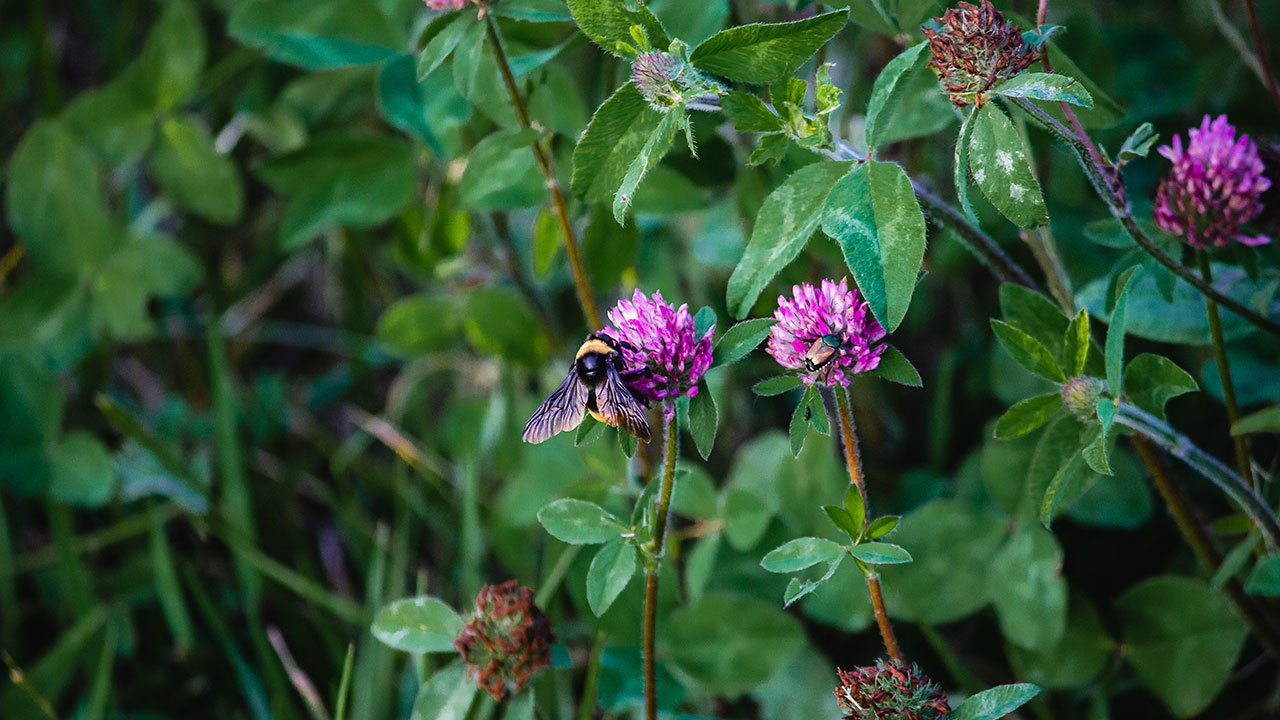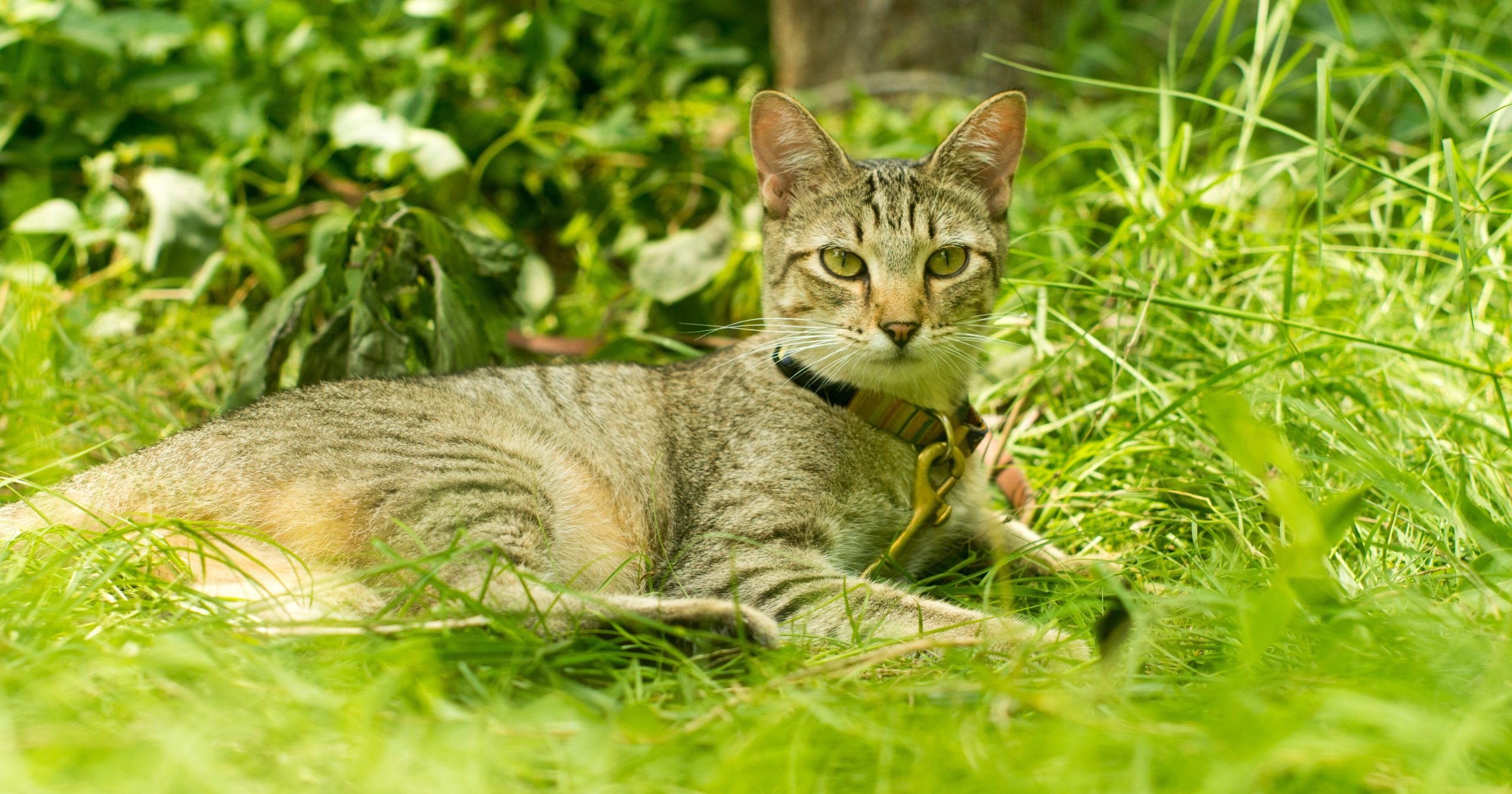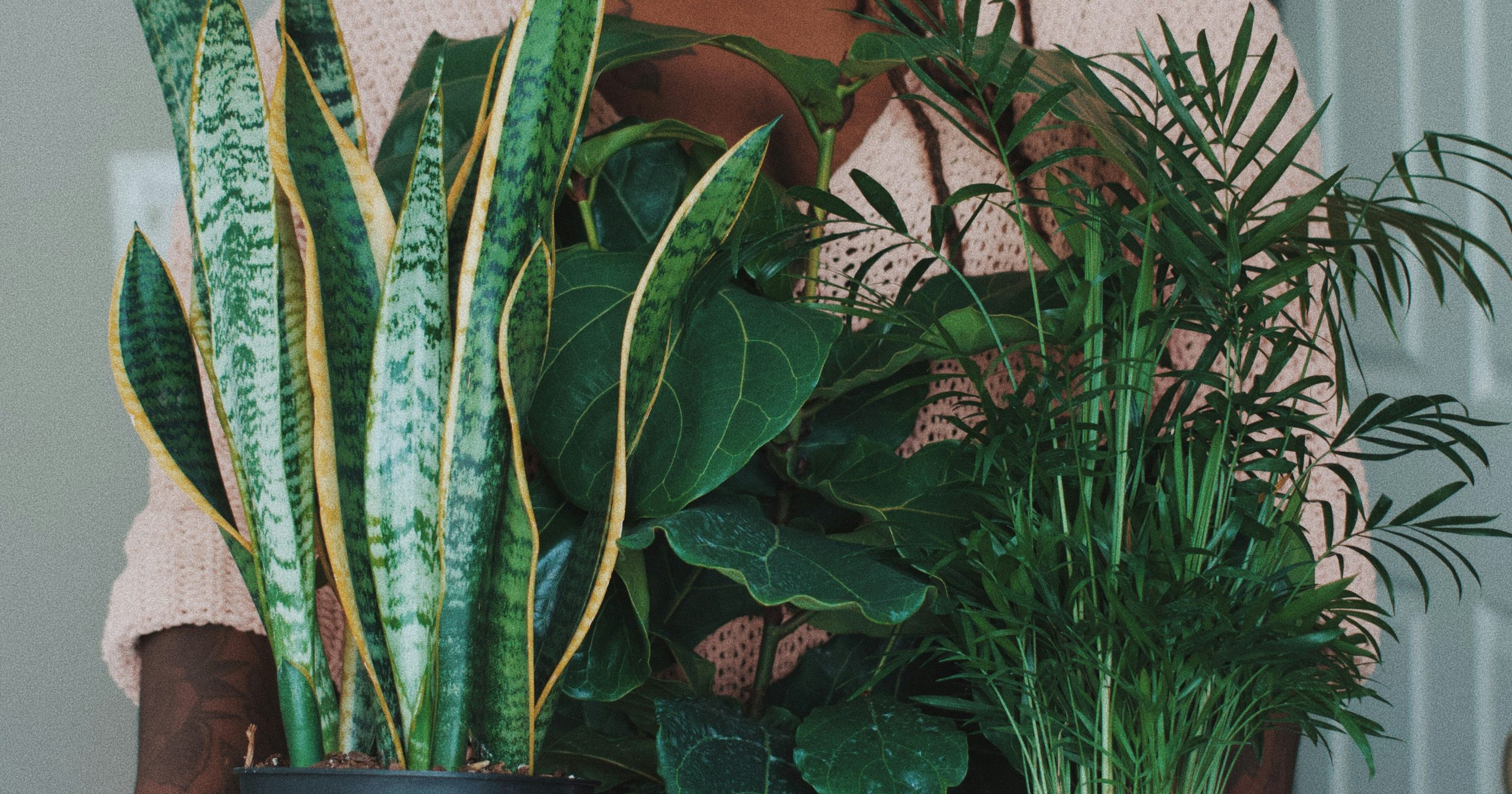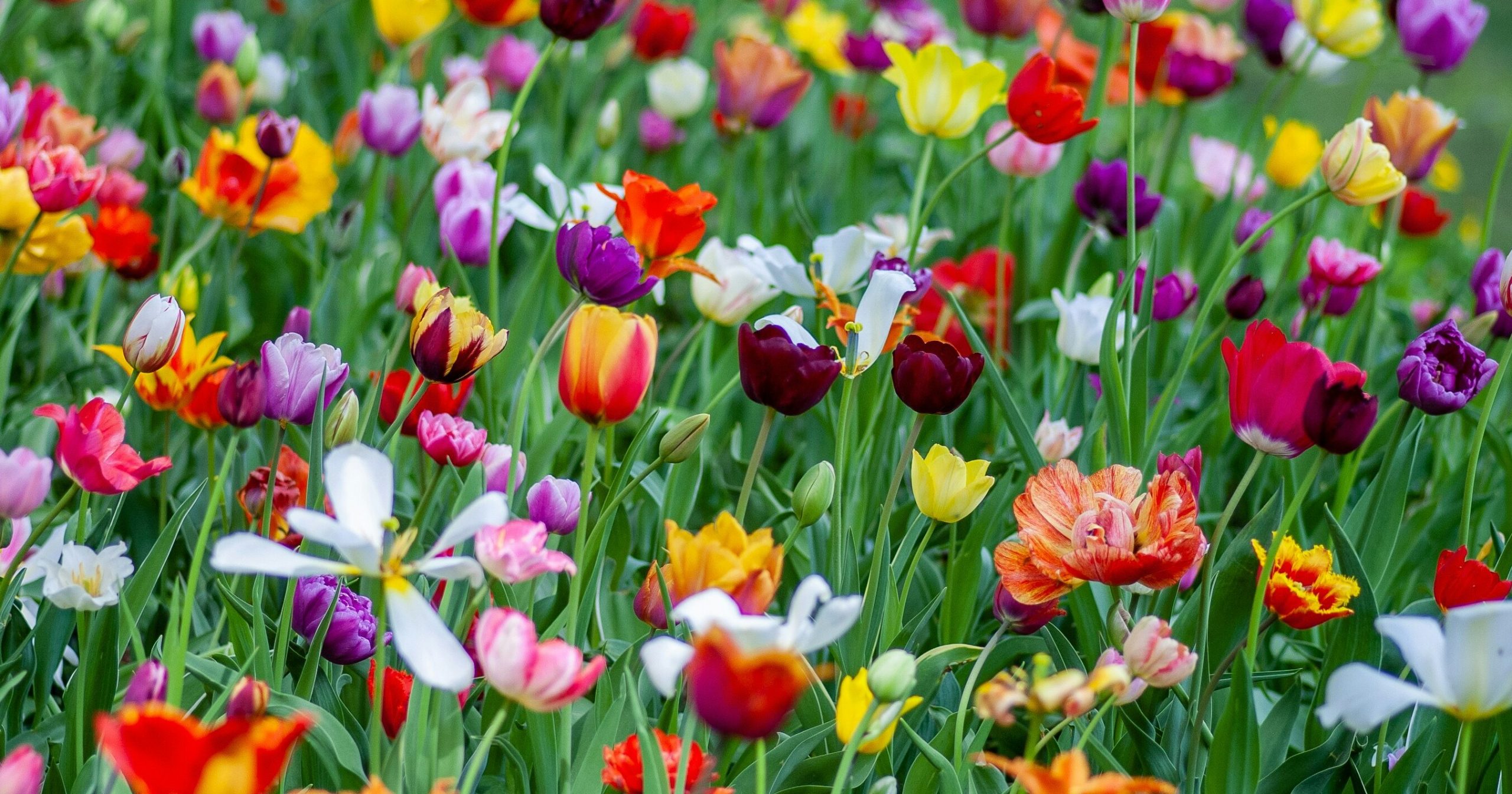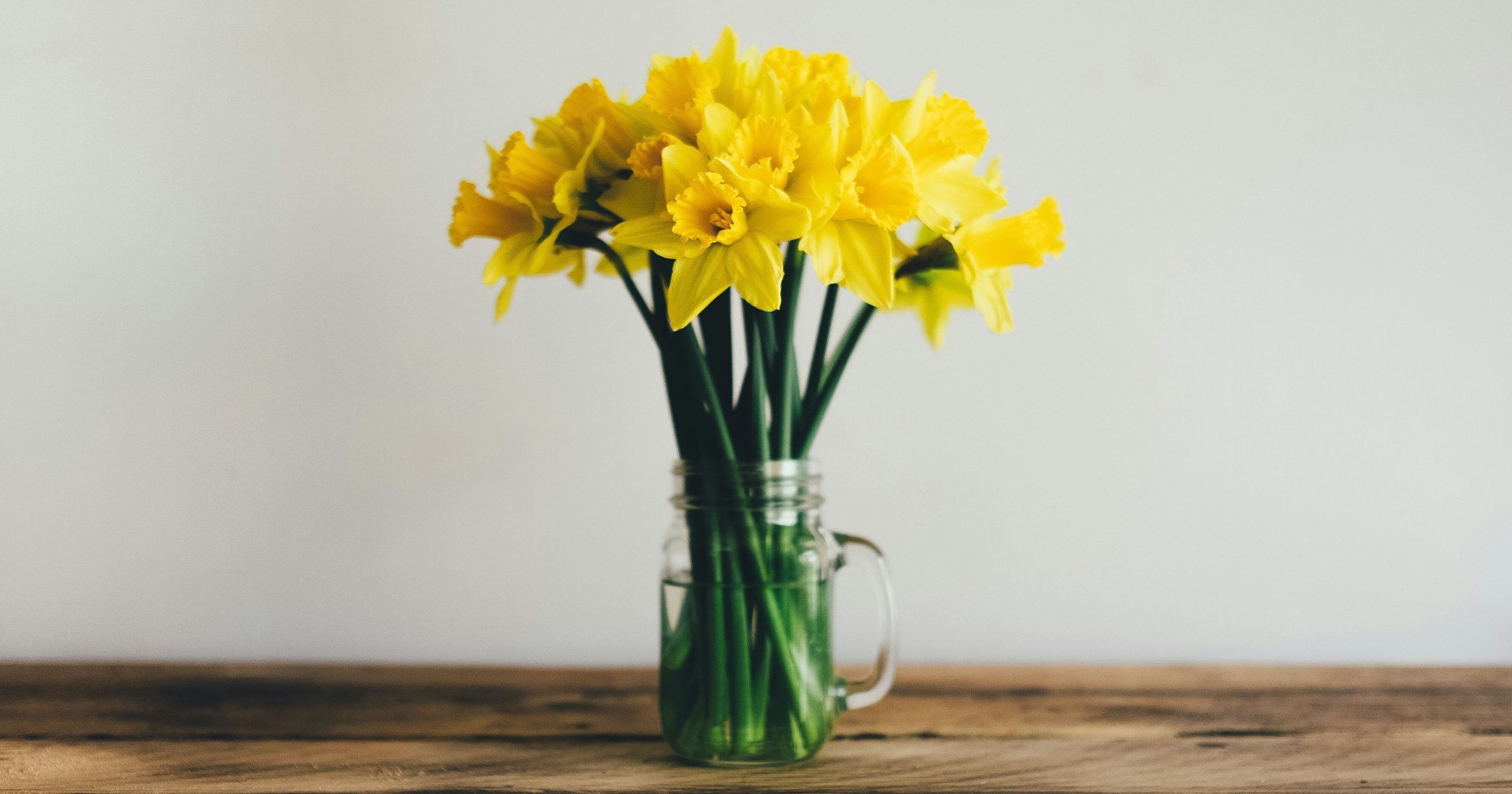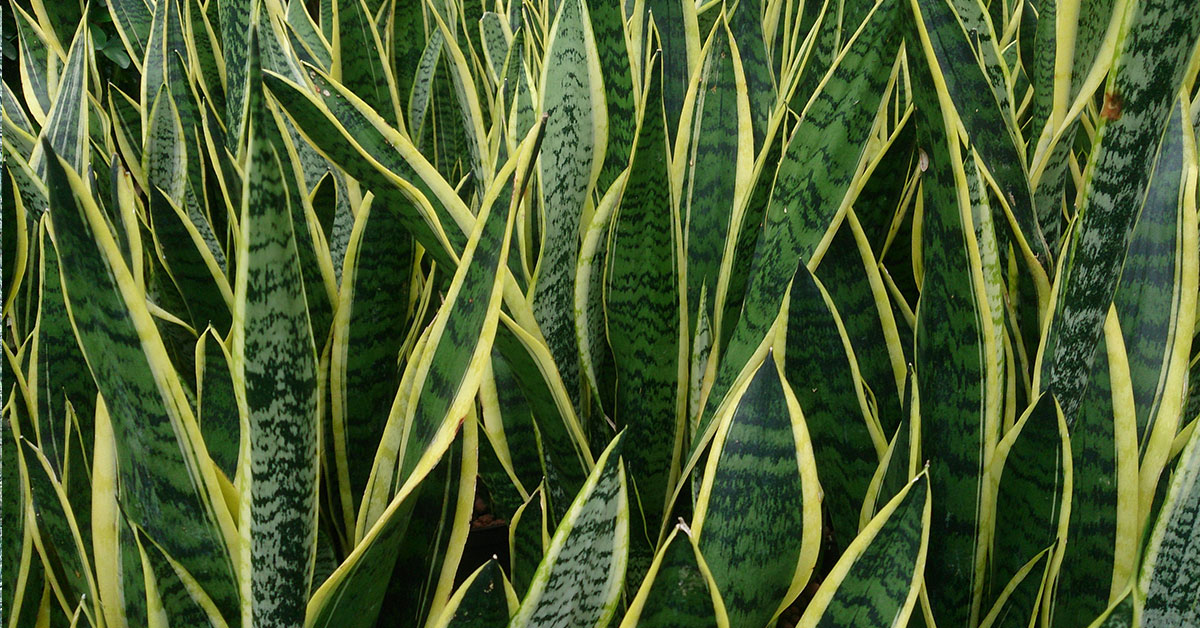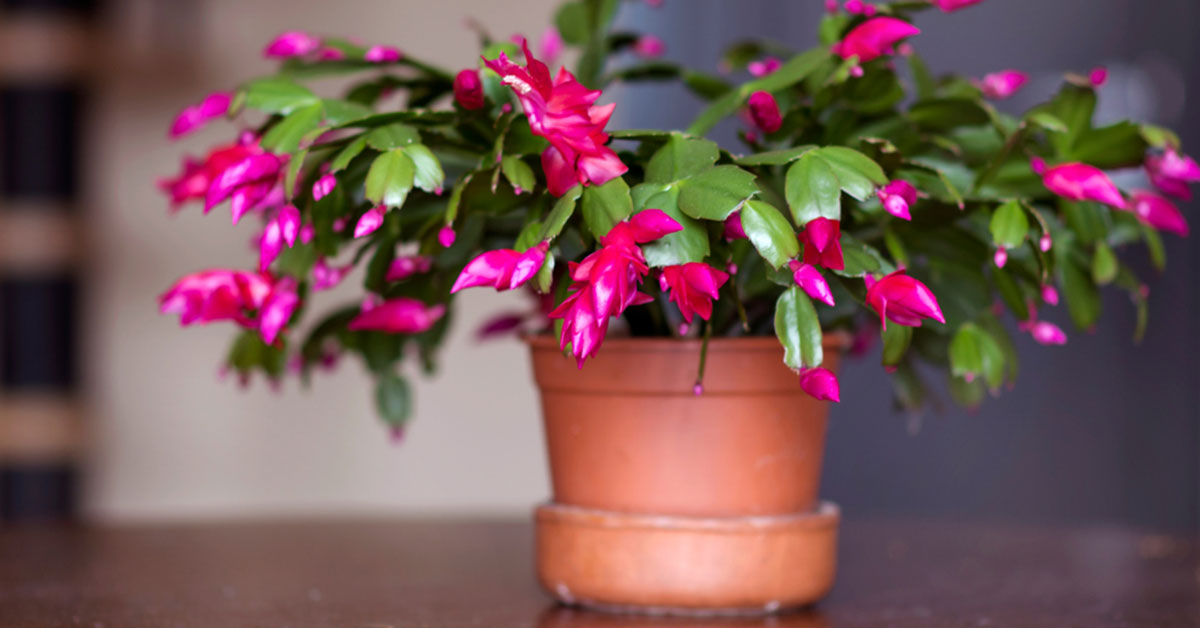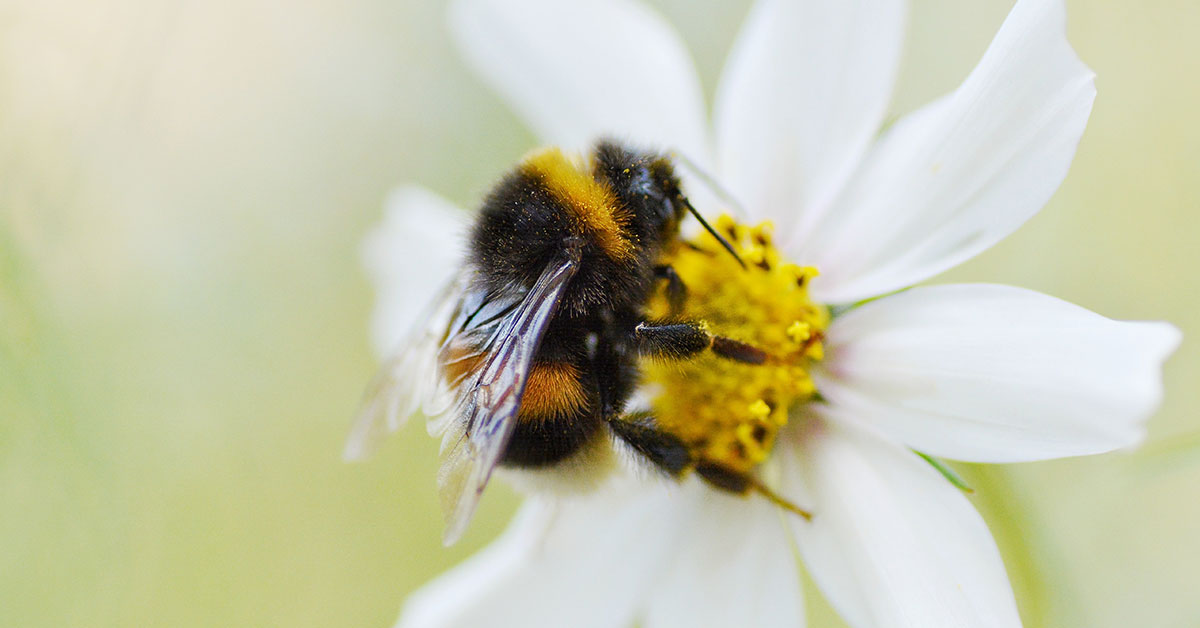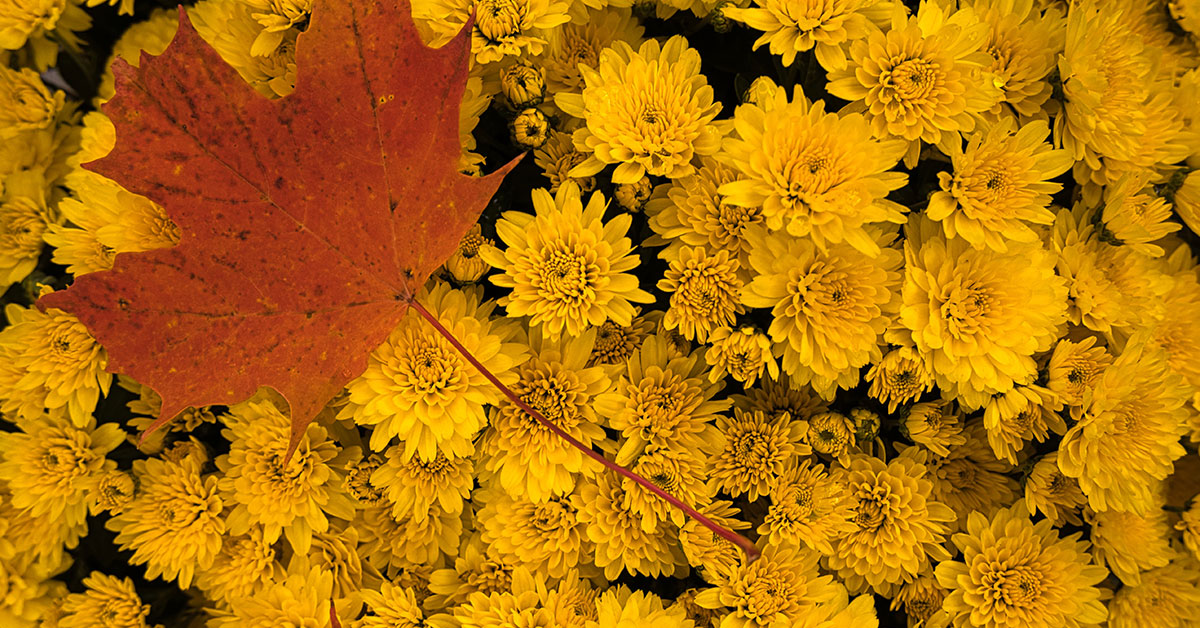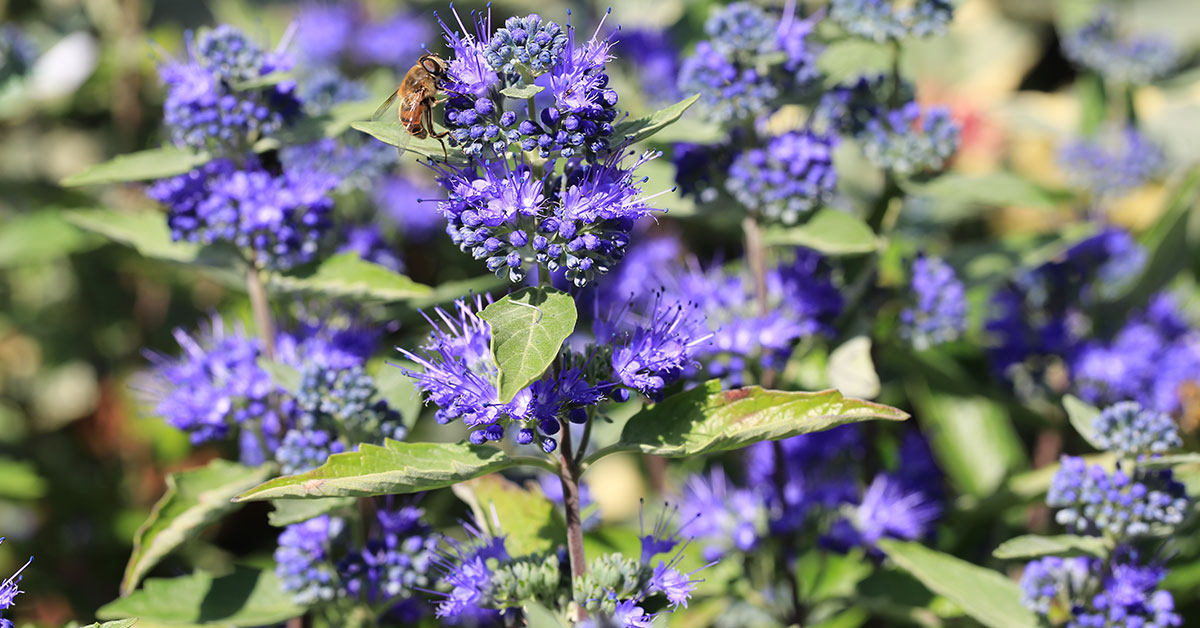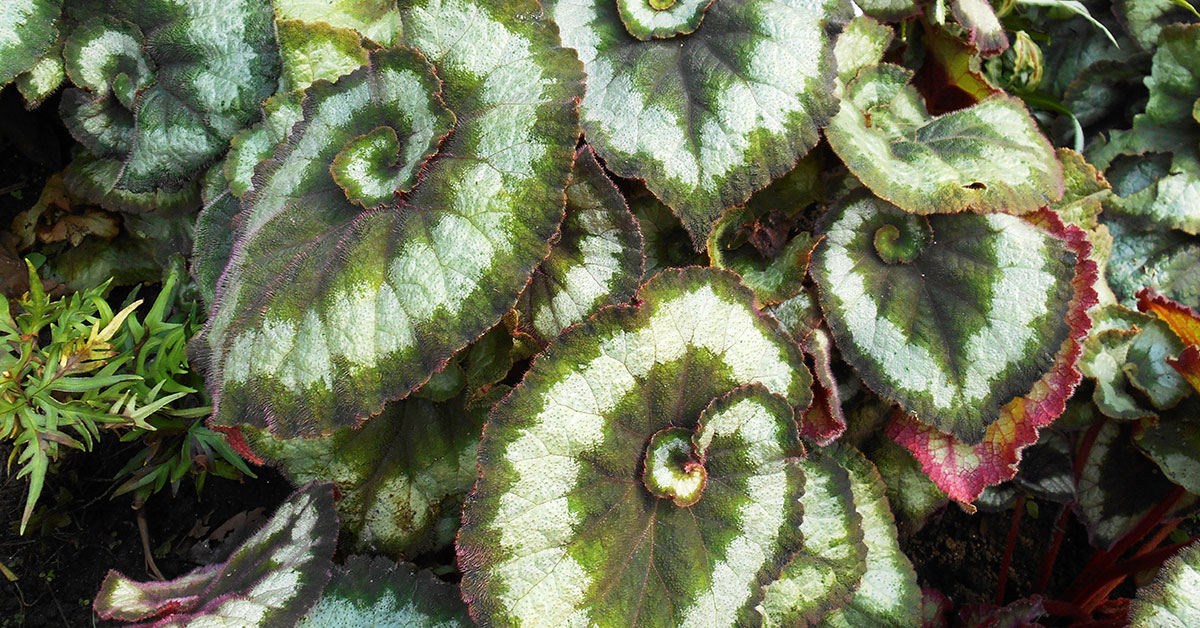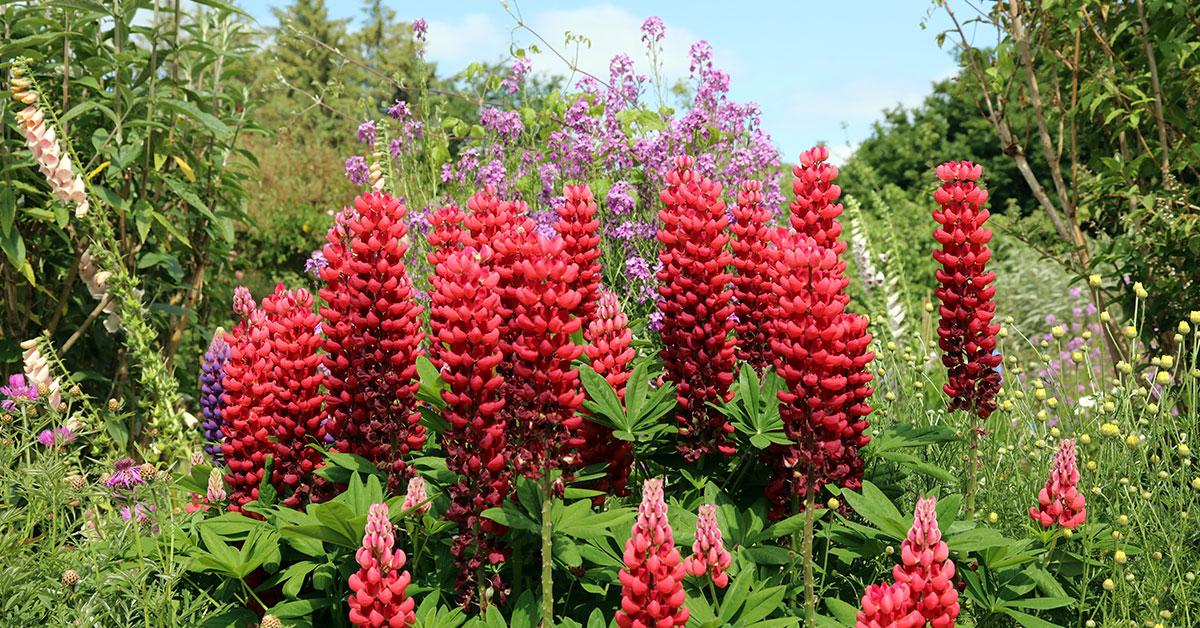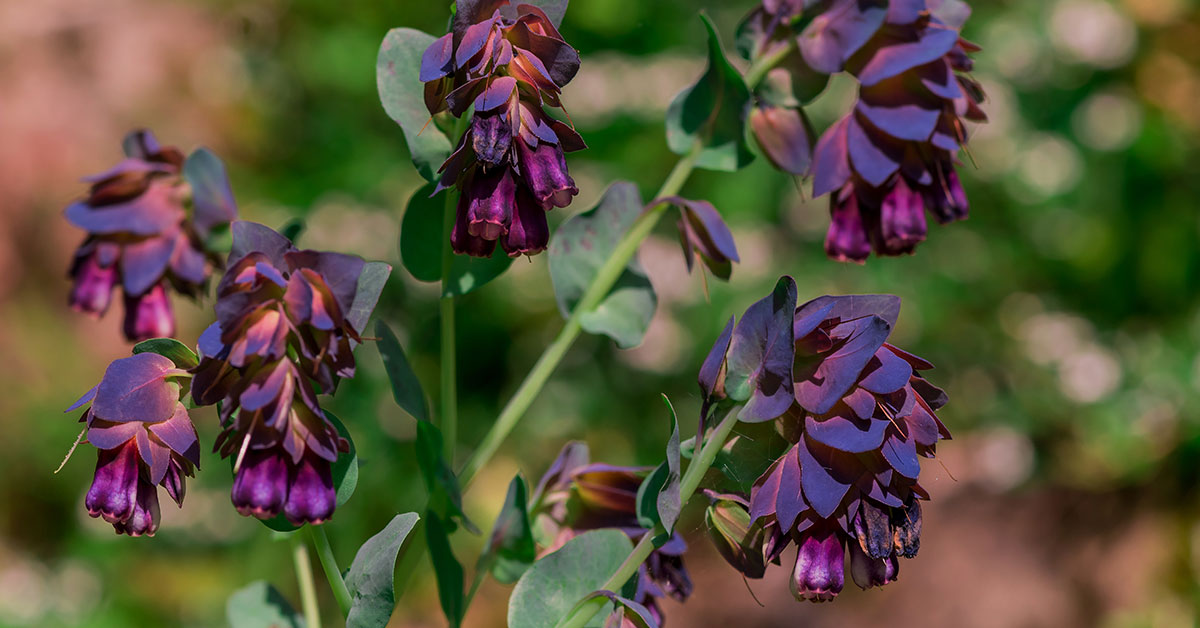I’m a big fan of clovers, and red clover definitely has a space in my yard. I like to throw it in random spots, particularly along borders, as a sort of wild-growing flower. Red clover is generally grown in northern and midwestern states, however, it is occasionally grown as a winter annual in the Southeast. It typically grows best in chilly, wet settings, but because of its deep roots, it may survive drought better than other types of clover.
What is Red Clover?
A typical soil improver and green manure is red clover. The plant fixes nitrogen in the soil, improving soil fertility for greater plant growth. Consider employing decorative red clover plants if you are considering using them. The stunning tufted blossoms of the plant are both beautiful and practical. After creating a vibrant floral display, it has other advantages in addition to adding nitrogen to the soil.
Here are some brief facts about the popular aesthetic plant:
- Latin name: Trifolium pratense
- Other names: Red feather clover, bee bread, cow grass
- Native to: Europe
- Invasiveness: Yes
- Tenderness: Perennial evergreen
- Sun: Full sun to partial shade
- Water: Average
- Soil: Clay, loam
- Hardiness zone: Zone 4
- When to plant: Late frost and early spring
- Spacing: 12 inches
- Plant height: 8–31 in
- Bloom period: Spring and summer
- Time to maturity: 60-70 days
- Container friendly: Yes
- Fertilizer: 0-20-20
- Toxicity: Yes
- Drought tolerant: Yes
- Deer resistant: No
- Pest resistant: No
How to grow Red Clover
Red clover cultivation is a long-standing practice among organic gardeners and conventional farmers to improve the soil. White clover in its ornamental form, Trifolium rubens, is prized for its nutritive qualities and its gorgeous blossoms. Red clovers that are ornamental serve the same purposes as regular red clovers while improving the surrounding environment. It is simple to grow and requires minimal upkeep. The plant is 15 inches (38 cm) tall and blooms from the beginning to the end of summer with fuzzy purple to crimson flowers.
It is a perennial herbaceous plant with distinctive clover-like foliage and a spreading root structure that enables it to crawl over and cover enormous areas. Although drainage needs to be good, clover grows in both dry and moist environments. The best soils have a pH between 6.0 and 6.5 and are somewhat acidic. Clover can be planted in either full sun or moderate shade, although full sun produces the best results. In a bed that has been properly prepared, plant the tiny seeds from January to April or August to November. Maintain a moderate moisture level in them until germination, which typically takes 14 to 21 days. Plants can also be started indoors in apartments. When the earth has warmed and there are six genuine leaves, transplant them outside. Regularly water established plants. Because red clover has a propensity to grow and become invasive, pick your location wisely.
Growing Red Clover in containers
Clover prefers a consistent moisture level. Make careful to choose a potting mix that drains adequately. Wash the drainage hole completely until water pours out of it, and then drain the extra. Keep the soil from drying out completely. For the greatest results, use an all-purpose fertilizer throughout the growing season and adhere to the label’s instructions.
When to start Red Clover seeds
To promote germination, you could choose to frost seed red clover into your current lawn by disseminating seed in late winter (just before green-up). When there is a little dusting of snow on the ground, scatter your seeds. Your grass will develop minute fissures and fractures as a result of the freezing and thawing cycle, ensuring that the seeds have good soil contact.
When to plant Red Clover
They can be planted in late summer, early to mid-April, or the spring (at least 40 days before the first frost). Plant seeds 14 inches deep, or spread them on the soil’s surface and give them a little earthen dusting.
How to collect Red Clover seeds
The first step in collecting clover seed is to wait for the plant to blossom. Soon after the blossoms have dried, seeds will start to form. Clover develops more swiftly from the bloom to the seed stage when the weather is warm and sunny.
You can start collecting clover seeds as soon as the blossoms have dried. This often happens 10 to 15 days after blossoms first appear. Pinch the stem immediately below the blossom to accomplish this, and then with your hand, separate the clover seed pod from the stem of the flower. Until it is time to plant, keep your clover seed pods in a dehydrated, airtight container.
Till you are certain that the clover seeds are dry, do not try to pick them. They will not be usable until they have dried on the plant, and once you put them in storage, they will just decay.
Wildlife attracted by Red Clover
Compared to other forages, it is particularly appealing and favored by deer, and its resilience to grazing stress would be regarded as excellent. Additionally, bumblebees, hummingbirds, butterflies, and bees are drawn to it.
Common problems
Red clover is a delight to plant since it draws a lot of helpful insects and very few pests. Sadly, you could occasionally discover that bugs that feed on plant roots are harming your plants. The earth is where the clover root curculio and clover root borers lay their eggs. The plants perish as a result of their larvae eating into the roots.
These pests are grayish-brown in color and are now without a known treatment. Crop rotation will stop these pests from destroying your next crop, though, as the eggs are normally laid before or during the winter and hatch in the spring.
Uses for Red Clover
Red clover can even be consumed as food and is useful as a tea, animal browse, and sprouted salad greens. Make sure no chemicals are used in the region if red clover is being grown for food or medical purposes. Growing red clover also has the advantage of preventing soil erosion and breaking up the soil.
When does Red Clover bloom
They often do not start blooming until April, but they can still do so in the spring and even in the early summer.
When to cut Red Clover for hay
Red clover is traditionally harvested twice a year when it has at least 50% bloom. Farmers who use this harvesting method cut their forages too late to get the best forage quality. It has lately been harvested three times by farmers over the summer to produce a feed of greater quality. Farmers are worried that with a three-cut method, they would give up yield and tenacity.
